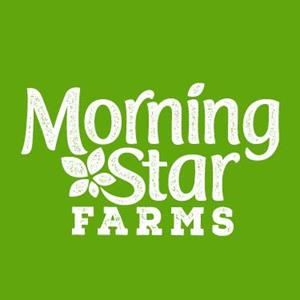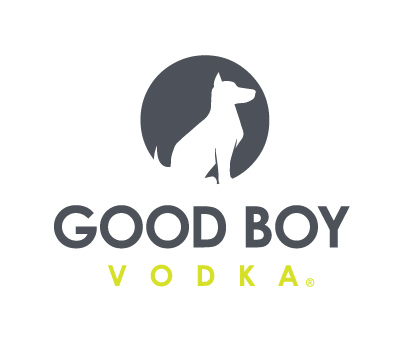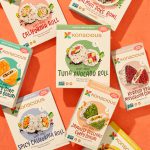Kellogg’s and Kraft Heinz: Pantry Loading Drove Q1 Growth
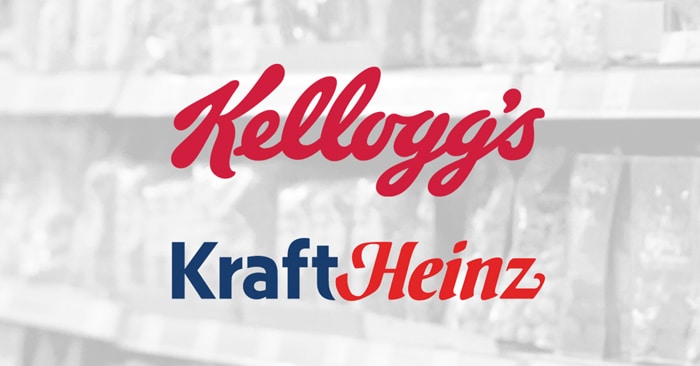
CPG companies Kellogg’s and The Kraft Heinz Company today both reported spikes in sales during the first quarter from consumers pantry loading during the second half of March. After retail shopping slowed in April, the companies each revealed predictions — coupled with great uncertainty — for upcoming consumer behavior during an economic recession.
Kellogg’s: COVID-19 Brings Consumers Back to Cereal
In an earnings call today, Kellogg’s CEO Steve Cahillane said COVID-19 related spending drove half of the company’s 8% organic net sales growth in Q1 following March’s stay-at-home mandates.
He noted that, although it hasn’t been business as usual, he was pleased with the company’s direction before the pandemic, with organic growth seen in snacks, cereal, frozen foods and noodles in January and February, which then accelerated during the rest of the “unusual” quarter. Although more moderate than March, April’s consumption pattern remains elevated and is expected to impact Q2, as foodservice (roughly 8-10% of Kellogg’s global business) and emerging markets see softness, Cahillane said.
Kellogg North America’s Q1 reported net sales decreased by 3% year-over-year, primarily due to its divestiture of part of its snack business in July 2019, Cahillane noted, while organic net sales were boosted by consumer stockpiling. At the same time, the company saw lower margins due to costs associated with PPE for employees and accelerated production and distribution, which CFO Amit Banati said will likely subside as the pandemic dwindles.
Additionally, Kellogg’s donated $10 million in food items to relief efforts.
Snacks and cereal drove growth in the quarter as the company focused on core SKUs. Snacks grew by 11% in Q1, Cahillane said, with both salty items like Cheez-Its and “wholesome” products up nearly 30%. Cereal saw a “reappraisal,” he said, gaining three points in March, and the company plans to capitalize on that as an “incredibly economic” way to feed families. Kellogg’s has already increased production on key items, adding warehouse space, technology and transportation. Cahillane noted it remains unclear whether current SKU rationalization will remain a possibility after the pandemic.
“We’ll see, but I would suspect in 2021 grocery stores and retail outlets will probably have less SKUs than they had going into the pandemic,” he said.
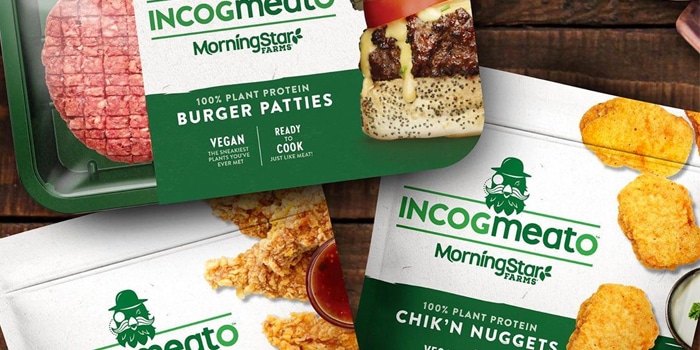
Frozen foods also saw 8.6% net sales growth, and in the week ending March 21, plant-based brand Morningstar Farms saw a nearly 130% sales spike, according to Nielsen data. The planned spring launch of Morningstar Farms’ sub-brand Incogmeato has been delayed; instead, its plant-based beef and sausage will hit retail “sometime later this year,” Cahillane said. Brand building and family size packs proved important during past recessions, he said, and innovation is still key.
“Some of the mistakes made across categories in recessions is a hunkering down mentality, which takes away brand-building and slows up on innovation,” Cahillane said. “And people still want good news. People want fun. They want to try things in an affordable way. And our brands are iconic; they bring joy.”

Kraft Heinz: Q1 Exceeds Expectations, but Uncertainty Looms
The Kraft Heinz Company outpaced expectations in Q1 with strong consumer demand for its legacy packaged food brands.
The company’s net sales increased 3.3% year-over-year to $6.2 billion, and organic net sales increased 6.2%, with at-home consumption offsetting retail inventory reductions and lower foodservice shipments. In March, retail consumption ballooned across categories, including macaroni and cheese, condiments and sauces, ready-to-drink beverages and nuts, executives reported.
Carlos Abrams-Rivera, president of the company’s U.S. business, said that January and February saw slightly better performance than anticipated, but shares were down in natural cheese, cold cuts and frozen meals. That changed when the pandemic caused a consumption surge: in Q1, the U.S. generated $4.5 billion in net sales, a 6.4% year-over-year increase, owing six to seven points to COVID-19 stockups. But CEO Miguel Patricio noted the remainder of 2020 remains uncertain.
“This crisis is causing us to accelerate our supply chain, the complexity efforts, reprioritizing our merchandising calendars and rebalance our marketing efforts,” Patricio said. “Now we have to think about future consumption if 40% of adults live alone and will eat more meals at home, if kids eat more breakfast and lunches at home versus school or on the run, if new consumers that have come online stay online to their shopping, if consumers will continue consuming big trusted brands — brands that bring them comfort and familiarity in moments of uncertainty.”
The company has already seen foodservice sales decline over 20% versus last year and the segment is expected to decline 30-70% in Q2. Patricio noted confidence in plans for brand investments, focusing on taste, performance, value and reliability, while recognizing that Q2 is an unreliable indicator of what’s to come.
“We are in a highly dynamic, unprecedented environment, and what we think today may be significantly different from tomorrow,” he said.
